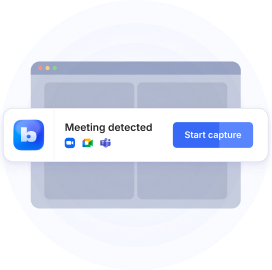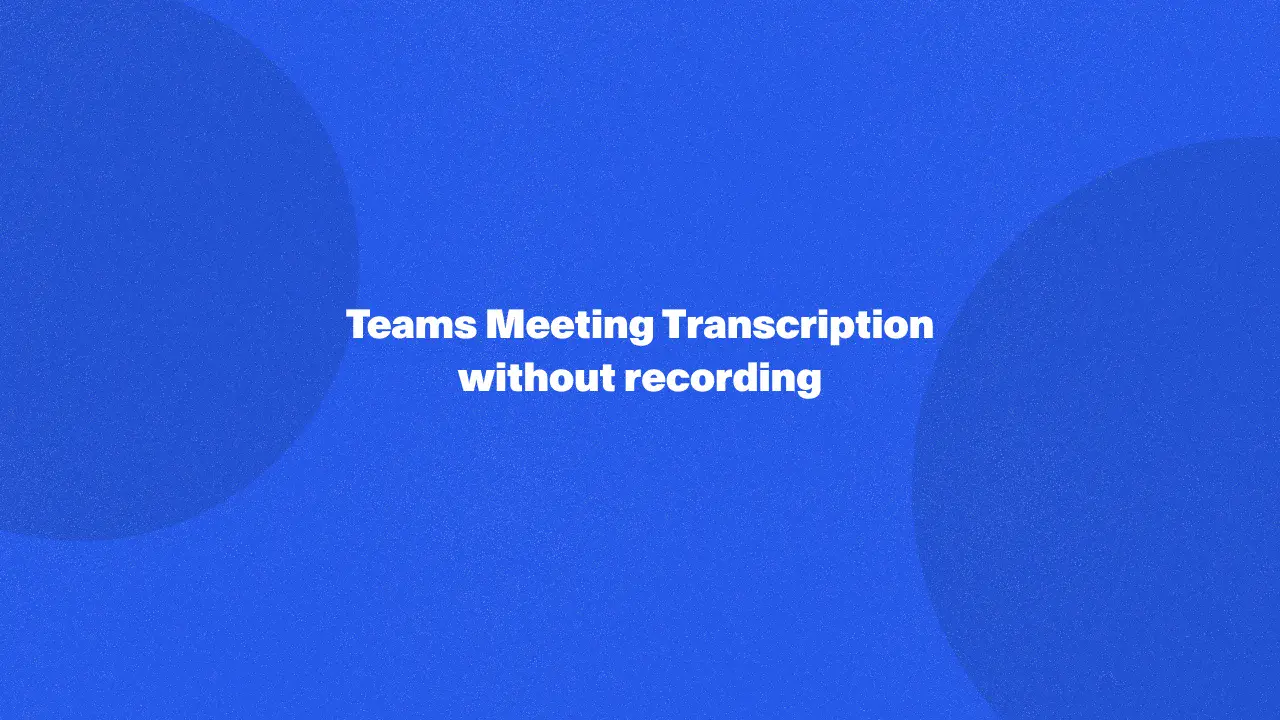
Transcribing Microsoft Teams meetings without recording provides a practical solution for capturing essential conversations without consuming large amounts of storage or raising privacy concerns. However, transcription without recording isn't possible on Teams.
Instead, you can automatically generate captions. This assists teams to easily reference key insights and important details from their meetings without the distractions of background noise or technical issues that often come with recordings.
This approach is especially valuable for organizations with storage constraints or those handling sensitive information. By reading further, you'll discover how this method can streamline workflows, improve team collaboration, and ensure that nothing important is missed, all while maintaining privacy and reducing storage usage.
Benefits Of Captioning Teams
Transcribing Microsoft Teams meetings without recording offers numerous advantages, particularly for teams focused on improving productivity and accessibility. One of the key benefits is the creation of an accurate record of conversations with these captions. This allows participants to easily refer back to discussions and important details without having to search through long recordings.
Additionally, captions enhances accessibility for team members who may not have been able to fully participate in the meeting. By choosing to automatically caption the conversation, you ensure everyone has access to what is being said, enabling them to catch up on important points without missing out on critical information.
Captioning meetings streamlines follow-ups. Instead of relying on meeting recordings that take time to review, a written record can be quickly scanned for crucial details, decisions, and action points. This promotes better decision-making and communication in ongoing projects, especially in teams using automated workflows to manage tasks and updates.
Why Caption Teams Meetings?
Storage constraints
Recording Microsoft meetings often consumes a significant amount of storage, especially for lengthy discussions involving multiple participants. For organizations that handle numerous meetings on a regular basis, storage can quickly become an issue without a live transcription feature. By choosing to transcribe rather than record, you save considerable storage space. Captions are compact, text-based files that are easier to manage and store, making this approach particularly useful for teams with limited cloud or local storage capacity.
Minimizing noise and external disturbances
Recordings of Teams meetings often capture more than just the conversation, including background noise, technical glitches, and interruptions that can detract from the meeting's purpose. To transcribe Microsoft Teams meetings without recording helps filter out these distractions, allowing the focus to remain on the essential discussions and key takeaways.
Privacy and confidentiality
For meeting organizers dealing with sensitive topics, such as financial data or strategic planning, recording a Teams meeting may raise concerns around privacy and confidentiality. Transcribing Microsoft Teams meetings provides a safer alternative, as it captures the discussion in text form without generating a permanent video or audio record. This reduces the risk of sensitive information being shared or accessed unintentionally, while still ensuring that a detailed account of the meeting is available. The focus on confidentiality is essential for industries where data protection is a priority.
Distraction-free environment
Recording a Microsoft Teams meeting can sometimes create an atmosphere where participants feel self-conscious or hesitant to speak freely, knowing that their words and actions are being recorded. Opting to transcribe the meeting instead fosters a more relaxed and open environment, encouraging meeting participants to contribute without the fear of being recorded. Additionally, without the need to manage recording tools or deal with potential technical issues, meeting organizers can maintain a smoother, more focused discussion. This can lead to better engagement and more productive Teams meetings overall.
How To Transcribe Meetings On Teams Without Recording
Join the call
To begin the process of transcribing Teams meetings without recording, simply join the scheduled Microsoft Teams meeting as either the meeting organizer or a participant. This is the first step in ensuring you can access the necessary tools to manage the captions. Once you're in the meeting, you'll have access to the meeting control toolbar where the live caption feature can be enabled.

Activate the live caption feature
After joining the call, navigate to the meeting controls toolbar at the top of your screen. To transcribe meetings, select the "More actions" (three dots) menu and click on Show live captions.
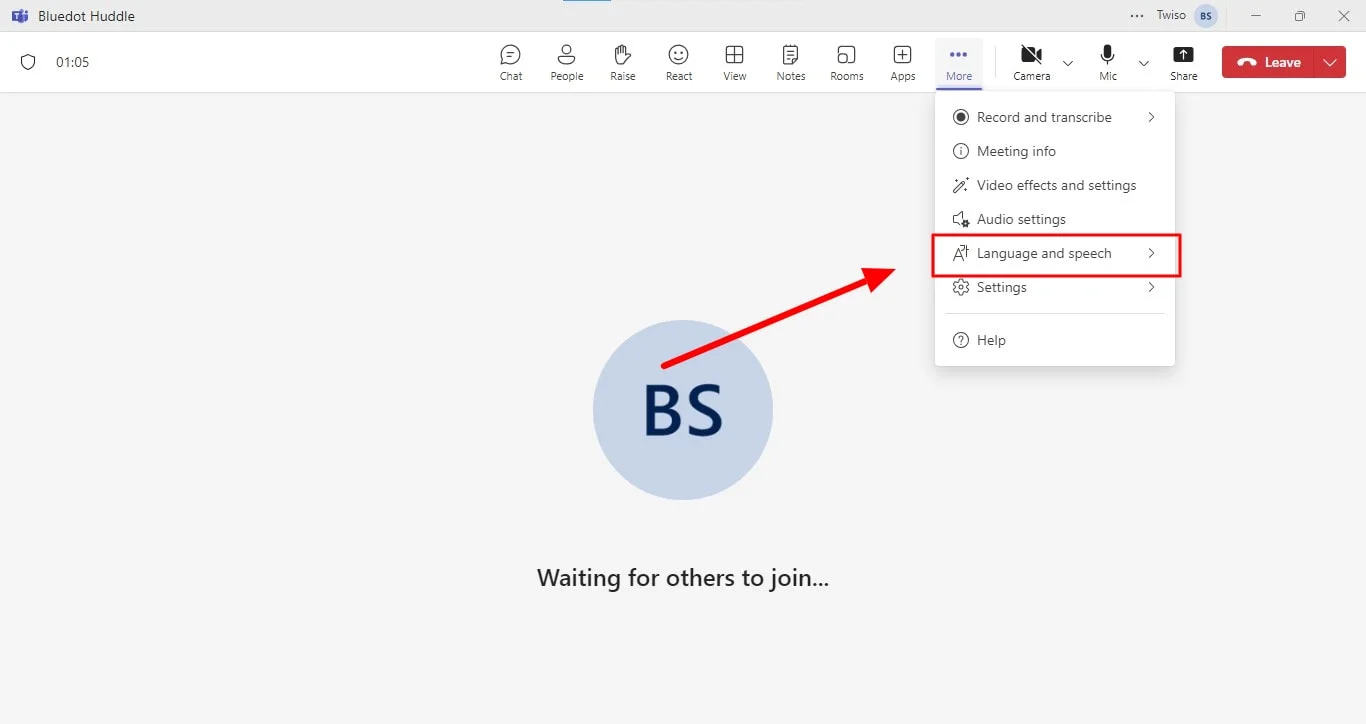
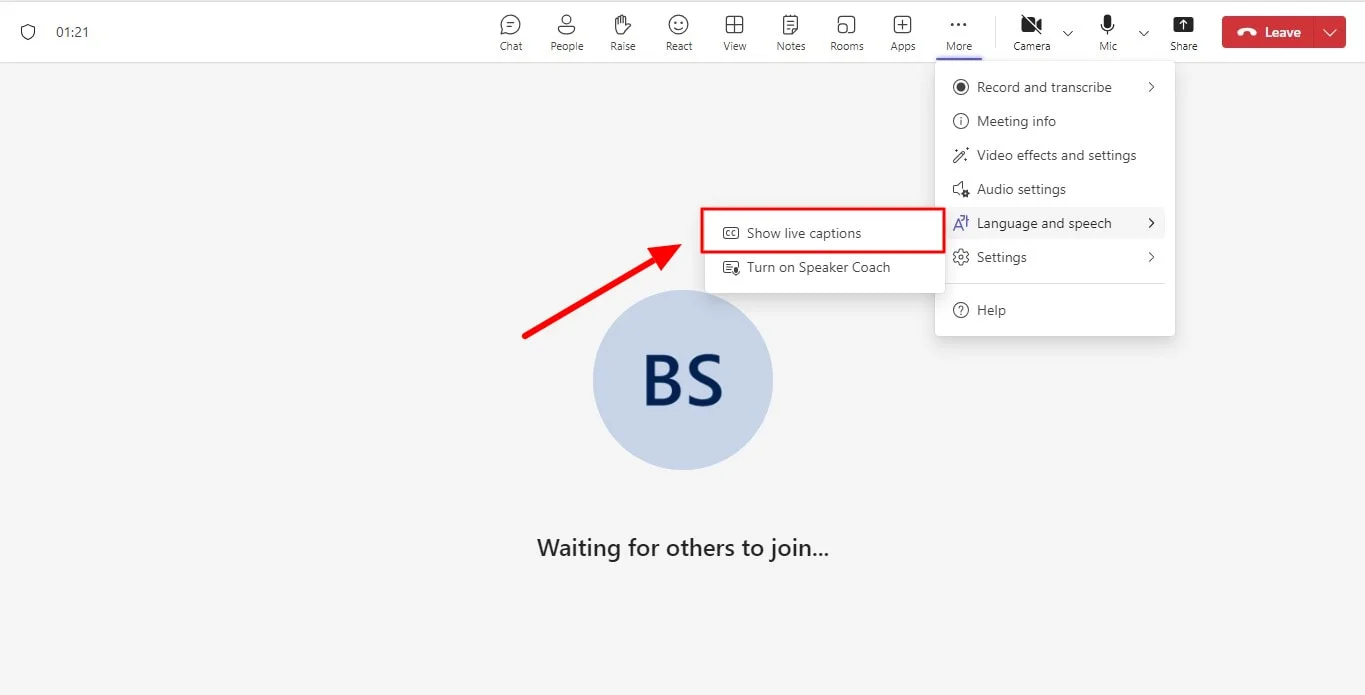
This will immediately activate the live caption feature, capturing all spoken words during the virtual meeting. It's important to note that this feature offers numerous benefits, such as providing a written word of the conversation, making it easy to refer back to details without needing a full meeting recording.
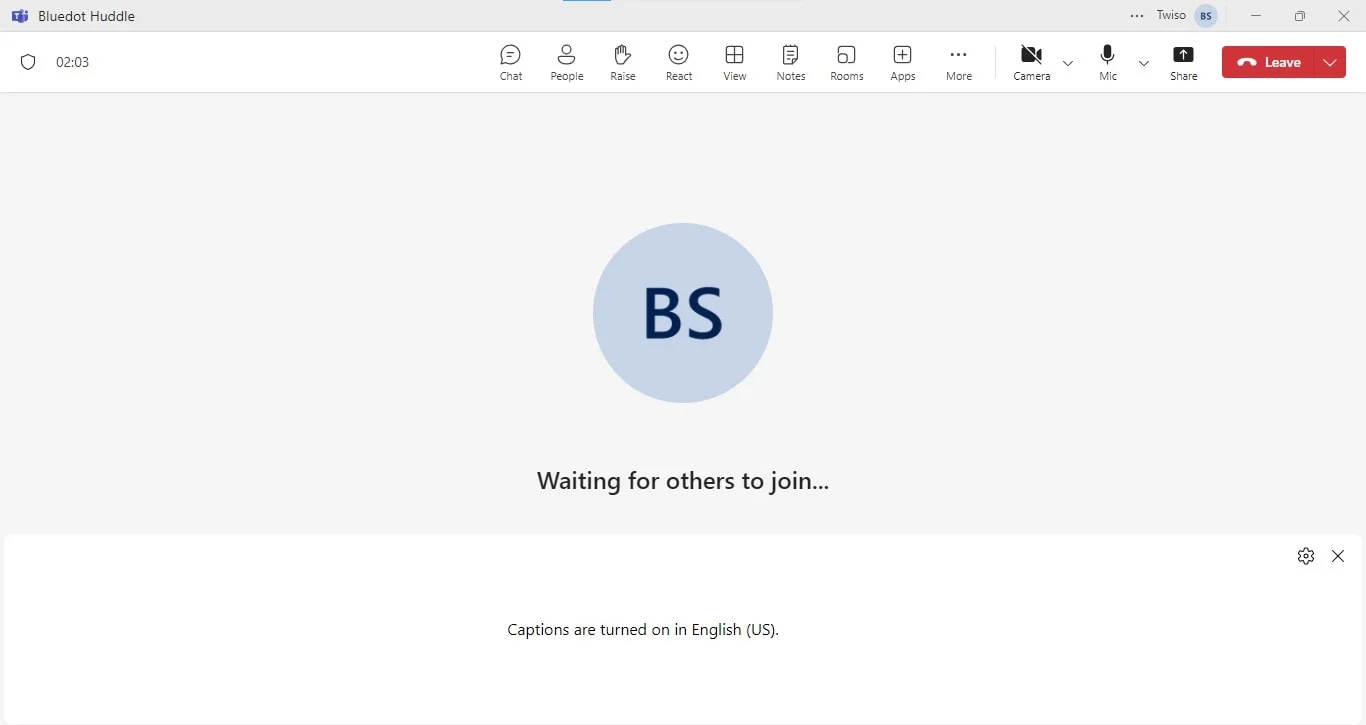
Select transcription language
In Microsoft Teams, the live caption feature supports multiple languages, allowing you to select the most appropriate spoken language for your Teams meeting. This ensures that the transcription accurately reflects the conversation, promoting communication. You can change the transcription language by navigating to the settings in the transcription feature, making it easier to transcribe Microsoft Teams in the language that best fits your team’s needs.
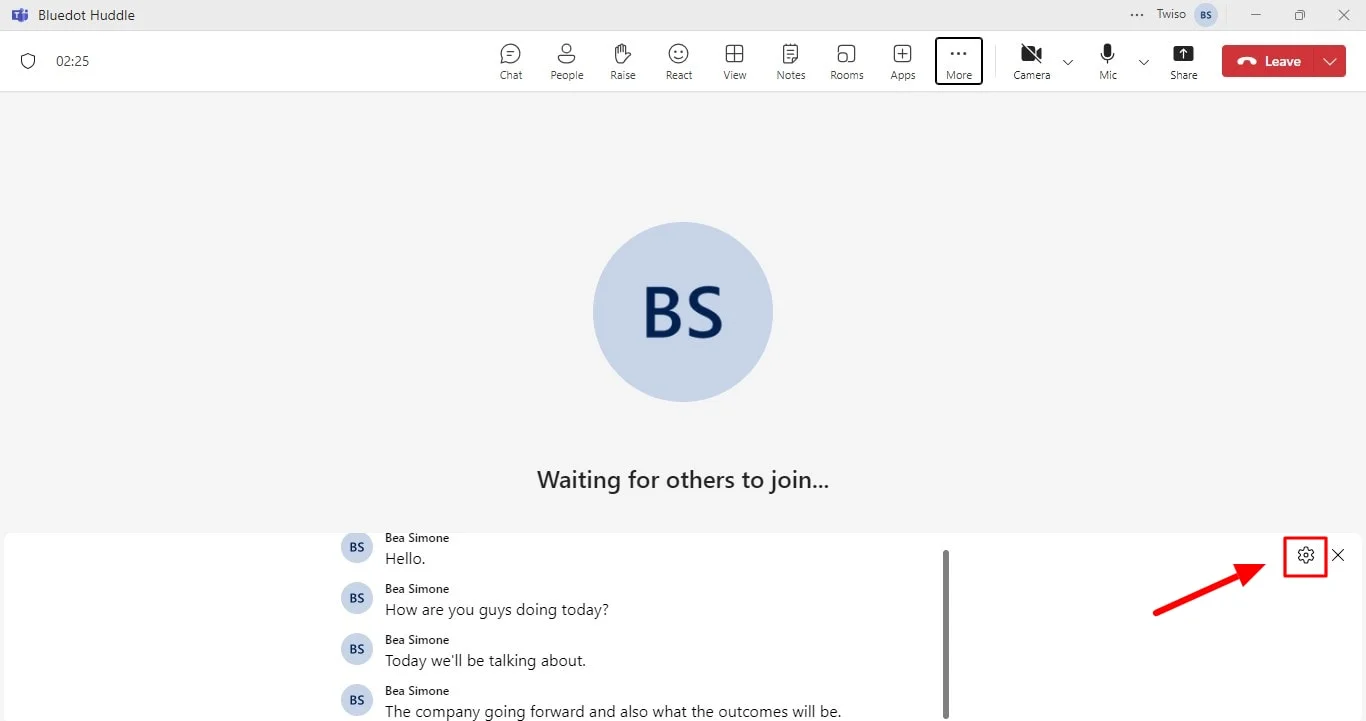
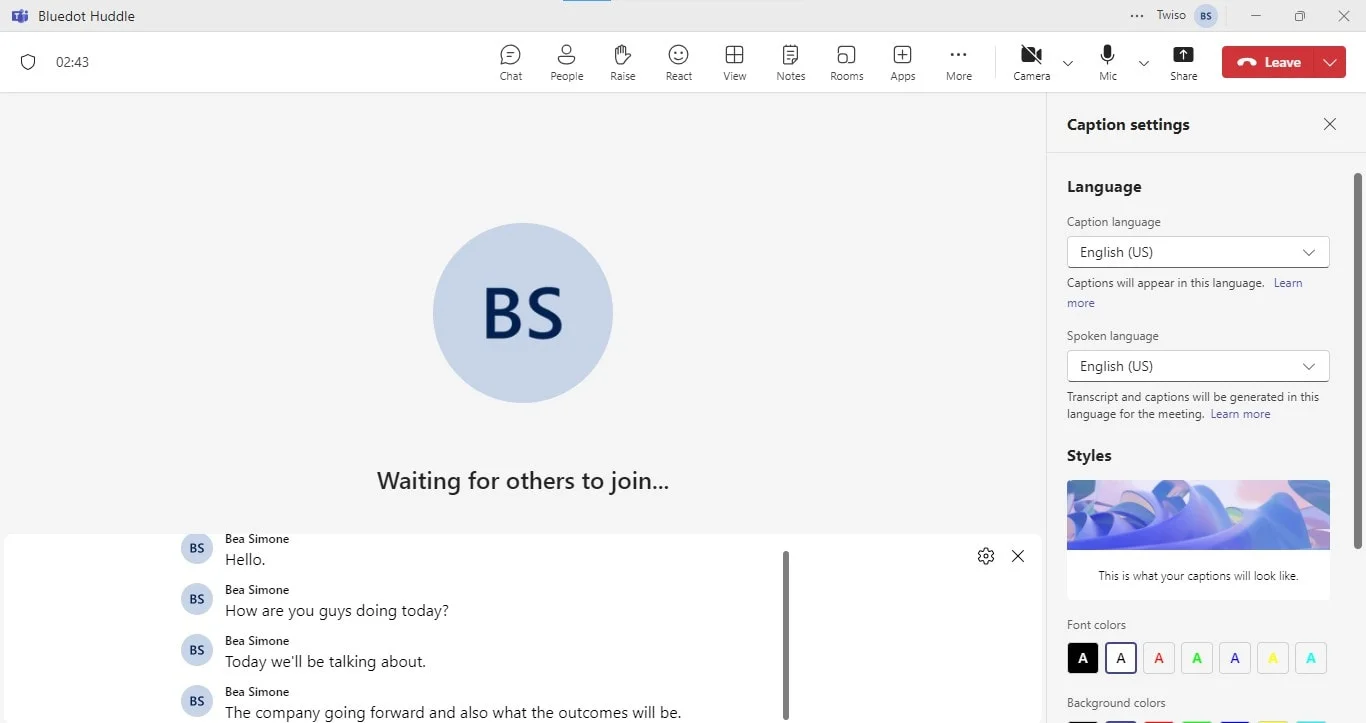
Save live transcription
Once the Teams meeting has ended or you no longer need the transcription, stop the process by clicking on the "More actions" menu again and selecting "Stop transcription." This halts the live transcription, ensuring that no further words are captured. While recordings are not generated, the transcription process provides a detailed meeting summary in text form, allowing you to retain all the important points from the meeting by selecting the text and copying it into a Google Doc.
Best Practices For Using Live Captions In Team Meetings
To make the most out of transcribing MS Teams meetings, following some best practices can ensure that you capture the clearest and most accurate captions possible.
- Ensure clear audio: The quality of the transcription depends heavily on the audio quality during the meeting. Encourage participants to speak clearly and minimize background noise, ensuring the AI assistant can effectively capture every word.
- Select the appropriate language: The transcription feature works best when the correct spoken language is selected. Before you enable captions, verify that the language settings are correct to avoid errors in the transcript file.
- Review captions immediately after the meeting: After the meeting ends, take the time to review the captions.
- Organize transcriptions for easy access: For teams that frequently use MS Teams captions, create a structured system for storing transcriptions in tools like SharePoint or OneDrive. This makes it easy to access and reference important details from previous meetings.
- Notify participants about captions: Always inform participants when the live caption feature is activated. This ensures transparency and helps participants feel comfortable contributing without concerns about being recorded.
Conclusion
Live captioning meetings is a smart way to capture key information while maintaining privacy and saving storage space. It allows teams to focus on important details without the distractions of background noise or lengthy video files. However, in situations where screen sharing is involved, recording the meeting becomes crucial to ensure that every visual and spoken detail is preserved.
This is where Bluedot excels. Not only does it discreetly record Microsoft Teams meetings, but it also offers transcription, auto-generated emails, AI note taker for Teams, automatic note taker, audio transcription, and meeting templates, and secure storage for later use. Whether you're recording a Google Meet session or a Teams meeting, Bluedot ensures that everything—screens shared, discussions had, and decisions made—is stored safely and can be accessed whenever needed.
FAQ
Is live captioning the same as live transcription?
No, live captioning and live transcription are different features in Microsoft Teams. Live captioning displays the spoken words during the Teams meeting in real-time as subtitles, helping participants follow along during the call. In contrast, live transcription generates a record of the entire conversation, allowing users to transcribe Teams meetings for later review. While both features support effective communication during virtual meetings, the transcription service creates a more permanent record that can be downloaded and shared after the meeting.
Who can start, stop, view, and download your Teams transcripts?
In Microsoft Teams, only the meeting organizer or a designated presenter can start live captions and stop transcription during a Teams meeting. Once the transcription is activated, all meeting participants can view the live captions, which appears in the meeting chat.
After the meeting ends, the meeting host can copy the captions and paste it into a Google Doc to use for meeting notes. However, access may vary depending on the permissions set by the meeting organizer or the organization’s policies on recorded meetings and Microsoft Teams transcriptions.





